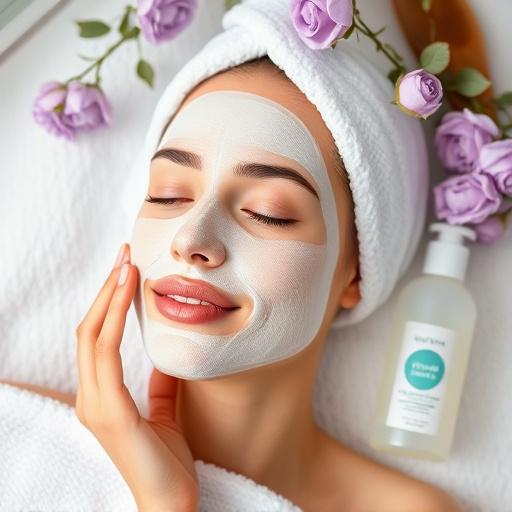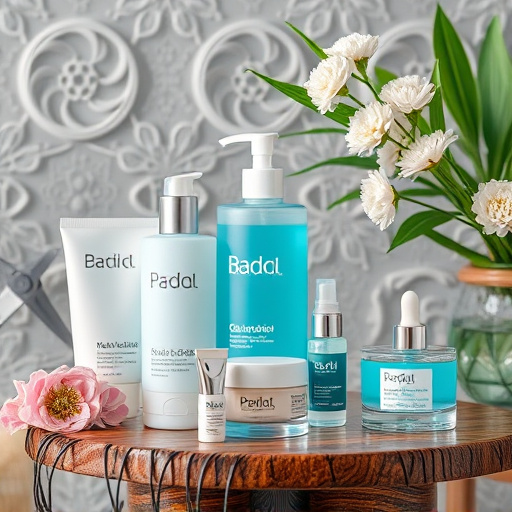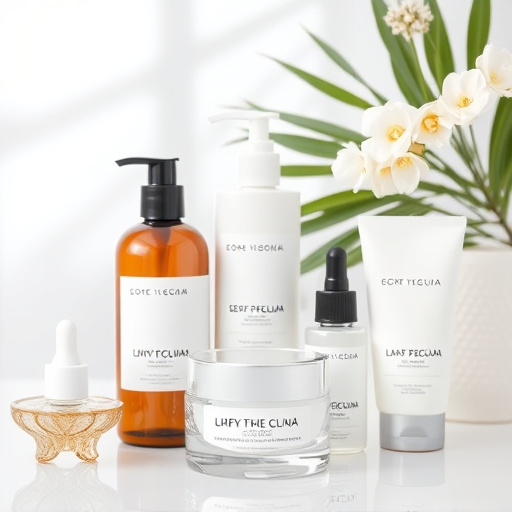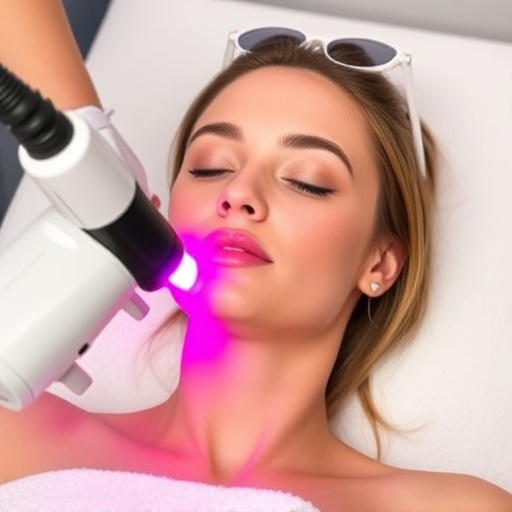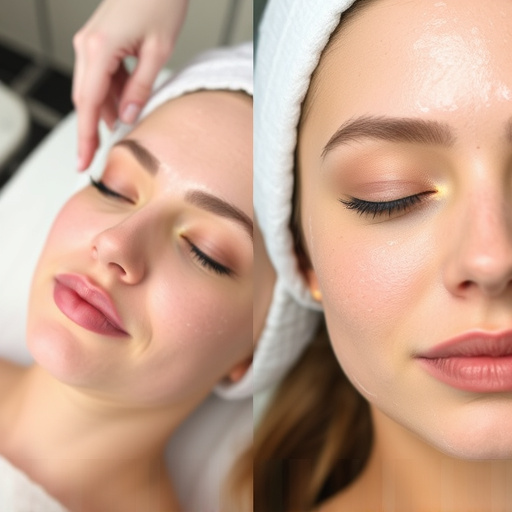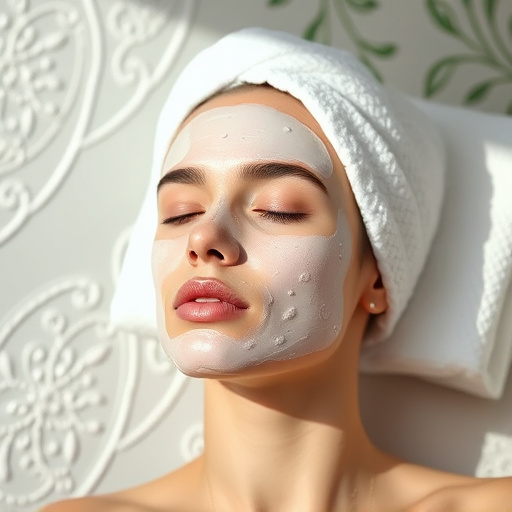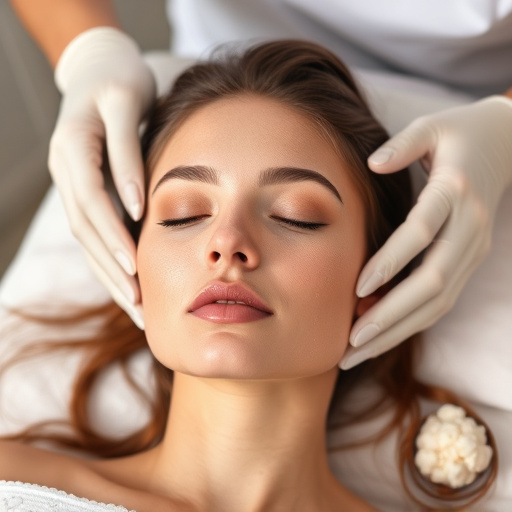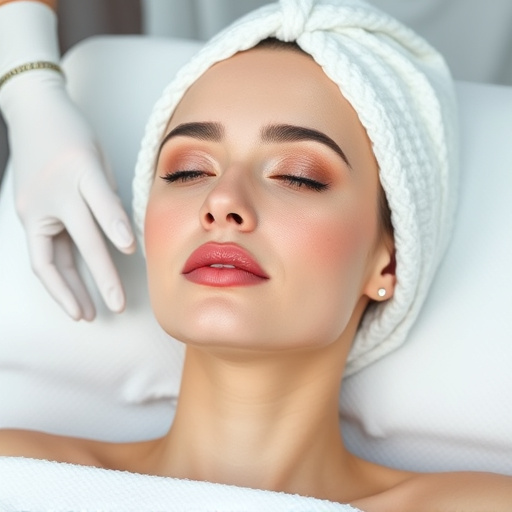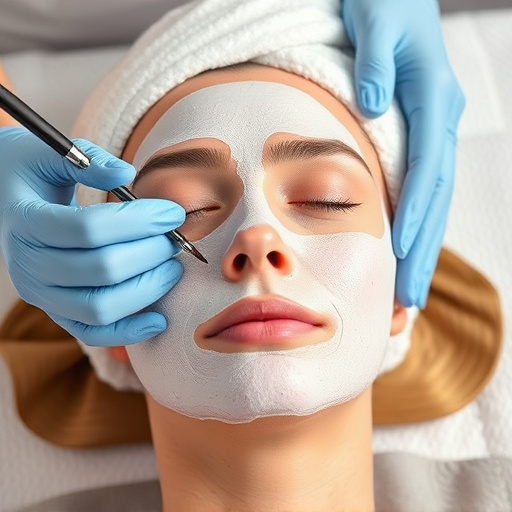The FDA regulates skincare products and procedures, setting standards for safety and efficacy through testing and labeling. Post-market monitoring ensures ongoing safety by tracking adverse events, enabling swift action against any risks associated with FDA approved procedures. This collaborative approach maintains consumer health and promotes trust in the industry.
In the competitive skincare industry, ensuring product safety is paramount. The U.S. Food and Drug Administration (FDA) plays a pivotal role in regulating skincare products through stringent guidelines and FDA approved procedures. This article delves into the crucial aspects of FDA’s oversight, exploring how their regulations protect consumers from potentially harmful ingredients and unsafe practices. From pre-market testing to post-market monitoring, we uncover the steps that guarantee the safety and efficacy of skincare products.
- Understanding FDA's Role in Skincare Regulation
- The Rigorous Testing Process for Product Approval
- Ensuring Consumer Safety Through Post-Market Monitoring
Understanding FDA's Role in Skincare Regulation
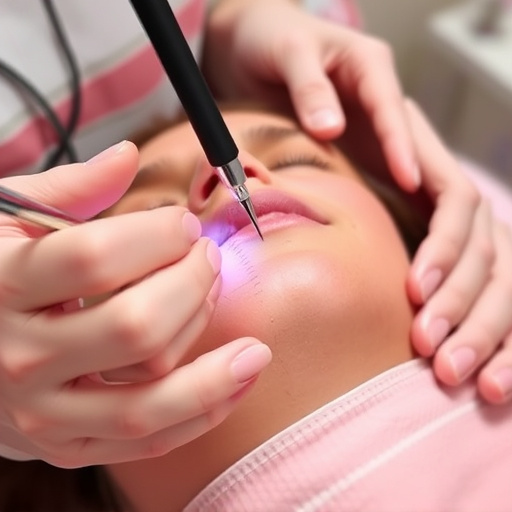
The Food and Drug Administration (FDA) plays a pivotal role in regulating the skincare industry to ensure product safety and efficacy. Their mandate is to protect public health by overseeing a wide range of products, including cosmetics and topical skincare treatments. In the realm of skincare, the FDA sets standards for manufacturing processes, ingredient safety, and labeling accuracy. This regulatory body has established guidelines for what constitutes an FDA-approved procedure, ensuring that only safe and effective products reach consumers’ hands.
By implementing these regulations, the FDA helps maintain the integrity of the professional skincare market. It ensures that treatments, such as acne therapies or other cosmetic procedures, are thoroughly tested and backed by scientific evidence. This process safeguards skin health and provides consumers with confidence in the products they use, fostering a trustworthy relationship between manufacturers, professionals, and customers.
The Rigorous Testing Process for Product Approval
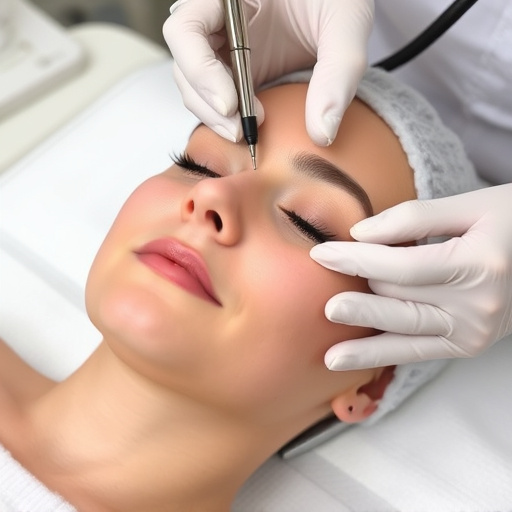
The journey of a skincare product from concept to market is an intricate process, meticulously regulated by the FDA to ensure consumer safety and efficacy. This involves rigorous testing and evaluation, where products are scrutinized for their potential benefits and risks. Manufacturers must submit extensive data, including results from clinical trials, to demonstrate the safety and effectiveness of their formulations. These trials often involve large-scale studies with volunteer participants, designed to identify any adverse effects or interactions.
The approval process doesn’t stop at laboratory tests. Products also undergo field testing, where they are trialed under real-world conditions, ensuring stability and performance over time. This rigorous evaluation guarantees that only safe and reliable products, specifically those offering effective solutions for aesthetic treatments like wrinkle reduction and skin rejuvenation, bear the FDA-approved stamp of approval.
Ensuring Consumer Safety Through Post-Market Monitoring
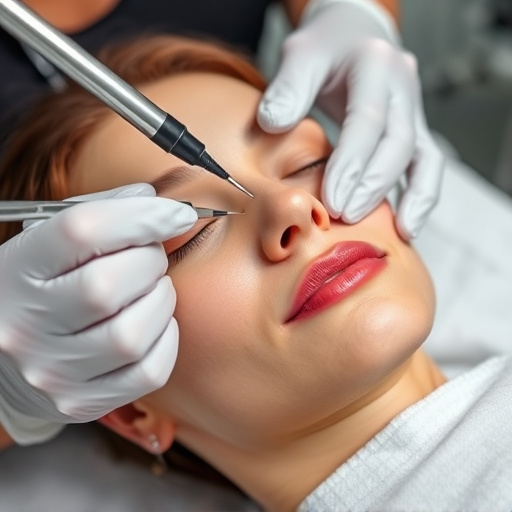
After a skincare product or procedure is FDA approved, it’s crucial to remember that consumer safety isn’t guaranteed until after the product hits the market. Post-market monitoring plays a critical role in ensuring skin health and safety for all users. This ongoing process involves gathering data on the real-world performance of the product, including any adverse events or reactions reported by consumers. By analyzing this feedback, regulatory bodies can quickly identify potential issues associated with specific FDA approved procedures, such as skin tightening or anti-aging treatments, and take appropriate action if necessary.
This monitoring allows for continuous improvement in skincare safety standards. Manufacturers are required to report any serious adverse events, enabling the FDA to investigate and possibly issue warnings or modify product labels. Additionally, consumers are encouraged to report unusual reactions through various channels, ensuring that any new risks related to FDA approved procedures are swiftly addressed. This collaborative effort not only protects consumer health but also ensures that skincare products and treatments remain effective and safe for their intended use.
FDA approved procedures play a pivotal role in ensuring the safety and efficacy of skincare products. By understanding the agency’s regulatory framework, the rigorous testing process, and ongoing post-market monitoring, consumers can have confidence in the products they use. These measures safeguard against potential risks, fostering a reliable environment for those seeking healthy and effective skincare solutions.
